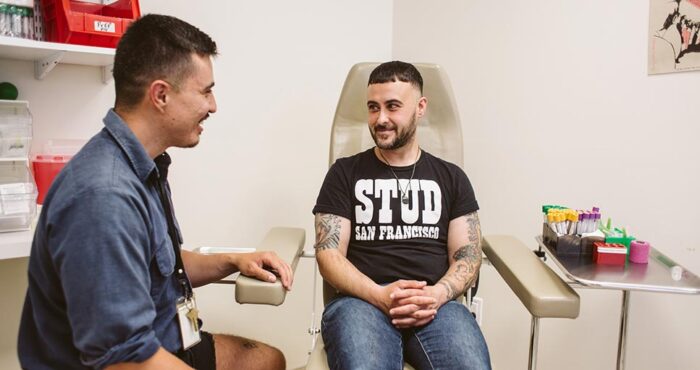Low PrEP awareness and use among cis women seeking STI services

In the U.S. nearly 20% of new HIV infections are among cisgender women (cis women) with higher rates among women of color. Yet rates of PrEP uptake among women have lagged behind men—particularly men who have sex with men—since Truvada for PrEP was approved in 2012. One study estimated that only 7% of PrEP-users in the U.S. are cis women.
There are many reasons why women may be using PrEP at lower rates than men who have sex with men: less anxiety over HIV “risk”, a lack of consensus on who should be providing PrEP among providers, affordability issues, and more. Another reason may be because women simply don’t know about PrEP and that it is an option for them—an issue highlighted by recent research by Julia Raifman, ScD and colleagues in an article published in JAIDS.
Raifman and colleagues surveyed nearly 1,500 cis women visiting an STI clinic in Rhode Island between 2013 and 2016, and asked about PrEP awareness and use in addition to demographic information and questions related to HIV risk.
To assess PrEP awareness, participants were asked, “Have you heard of taking HIV medications to prevent HIV infection in people who are HIV negative?” To assess PrEP use, participants were asked, “Have you ever taken pre-exposure prophylaxis?”
Overall, less than 20% of cis-women participants had ever heard of PrEP. Compared to a group of more than 1,300 men who have sex with men visiting the clinic during the same time period, PrEP awareness was significantly lower among women. Overall, about 60% of the men reported being aware of PrEP.
“We were struck that few women were aware of PrEP,” said lead author Julia Raifman, ScD. “But I don’t think it surprised us, because many people remain unaware of PrEP.”
Awareness of PrEP was slightly higher among cis women clients who met CDC criteria for PrEP eligibility (i.e., could be described as having higher HIV “risk”). Among these clients, 30% had heard of PrEP. Six people with CDC indications for PrEP use reported ever using PrEP, and only person indicated current PrEP use.
Differences in PrEP awareness by race/ethnicity were apparent. A higher percentage of non-Hispanic white cis women were aware of PrEP (21%) than non-Hispanic Black (14%) and Hispanic/Latinx (11%) women.
“PrEP won’t work unless people are aware of it and take it,” said Raifman. “It has a lot of potential but to fulfill that potential we really have to do a lot more to make people aware of it. We want all women to know it’s available. Only a very small subset of women will need to take it—but it makes sense for everyone to know about it.”
—
Visit HIVEOnline for more information about PrEP for women. A directory of PrEP providers in California can be found at Please PrEP Me.










